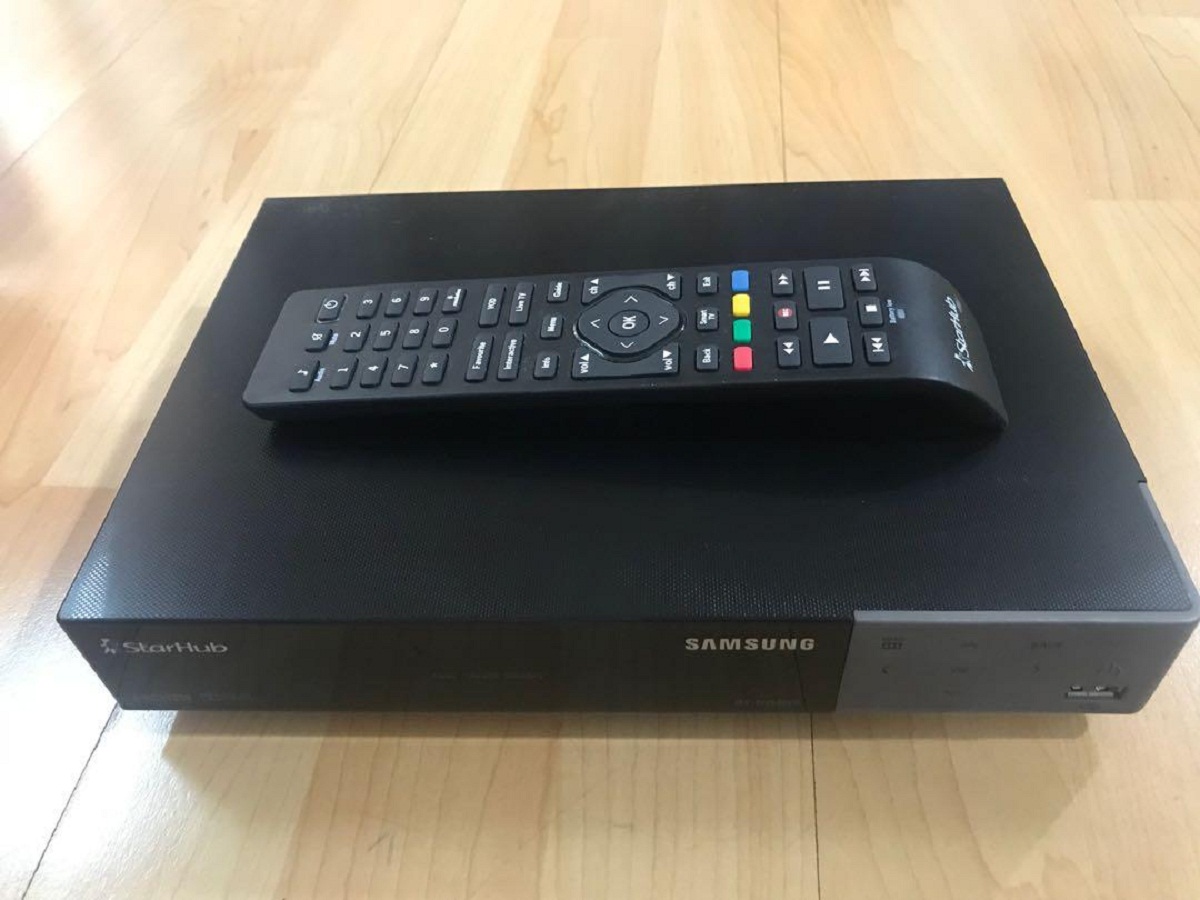

Articles
What Is Set Top Boxes
Modified: October 20, 2024
Discover the perfect living room storage solution with our set top boxes. Keep your space organized and clutter-free while adding style to your home.
(Many of the links in this article redirect to a specific reviewed product. Your purchase of these products through affiliate links helps to generate commission for Storables.com, at no extra cost. Learn more)
Introduction
Set-top boxes have become an integral part of our everyday media consumption. These compact devices connect our televisions to a wide range of entertainment options, allowing us to stream movies and TV shows, access video-on-demand services, and even play games. In this article, we will explore the concept of set-top boxes, their components, the different types available, their role in media consumption, and the current market trends surrounding them.
A set-top box, commonly referred to as an STB, is a device that connects to a television and enables the reception of digital television signals. It acts as a gateway or interface between the television and various sources of media, such as cable/satellite TV, internet streaming services, and digital media players.
Definition of Set-Top Boxes
Set-top boxes are designed to decode and display digital television signals. They take the incoming signals and convert them into a format that can be easily viewed on a television screen. These devices typically include a tuner, various input/output ports, and a user interface that allows users to navigate and control their entertainment options.
Components of a Set-Top Box
A typical set-top box consists of several key components:
- Tuner: This component receives the digital signals from various sources, such as cable or satellite providers, and converts them into a format that can be displayed on the television.
- Processor: The processor is responsible for handling the decoding and processing of the incoming signals. It ensures smooth playback and optimal performance of the set-top box.
- Memory: Set-top boxes have built-in memory that stores software applications, settings, and user preferences.
- Storage: Some advanced set-top boxes come with built-in storage that allows users to record and store their favorite TV shows or movies for later viewing.
- User Interface: The user interface is the graphical interface that allows users to navigate through the various menus, channels, and options available on the set-top box.
- Remote Control: Set-top boxes are typically controlled using a remote control that allows users to change channels, adjust volume, and navigate the interface.
Types of Set-Top Boxes
There are several types of set-top boxes available in the market, each catering to different needs and preferences:
- Cable/Satellite Set-Top Boxes: These are provided by cable or satellite TV service providers and are designed to receive and decode the signals from their respective networks.
- Streaming Set-Top Boxes: These devices, such as the popular Roku, Apple TV, or Amazon Fire TV, allow users to stream content from various online platforms such as Netflix, Hulu, and Amazon Prime Video.
- Hybrid Set-Top Boxes: These combine traditional cable or satellite TV capabilities with streaming features, giving users the best of both worlds.
- Android TV Boxes: These set-top boxes run on the Android operating system and offer access to a wide range of apps, games, and streaming services.
Set-top boxes play a crucial role in modern media consumption as they provide users with convenient access to a vast array of entertainment options. From live television and on-demand movies to streaming services and gaming, these devices bring endless possibilities to our living rooms.
However, with the rise of streaming devices and smart TVs, set-top boxes face competition in the media consumption space. Streaming devices like Chromecast, Apple TV, and Amazon Fire TV Stick offer similar functionalities and often come at a more affordable price point. So, why should we still consider using set-top boxes?
Key Takeaways:
- Set-top boxes serve as a versatile gateway to a world of entertainment, offering access to traditional TV broadcasts, streaming services, interactive features, and enhanced connectivity with external devices.
- The evolving set-top box market is marked by trends such as IP-based delivery, hybrid functionality, advanced video and audio capabilities, cloud-based services, voice control, smart home integration, improved UI/UX, and energy-efficient solutions.
Read more: How To Style A Table Top With Photos
Definition of Set Top Boxes
A set-top box, commonly known as an STB, is a device that connects to a television and enables the reception of digital television signals. It serves as a bridge between the television and various sources of media, including cable/satellite TV, internet streaming services, and digital media players.
The primary purpose of a set-top box is to decode and display digital television signals. With the increasing transition from analog to digital broadcasting, set-top boxes have become essential devices to receive and interpret these signals. They convert the incoming signals into a format that can be easily viewed on a television screen.
Set-top boxes are equipped with a range of features and functionalities that enhance the viewing experience. They have a built-in tuner that receives the digital signals from different sources, such as cable or satellite providers. The tuner then converts these signals into a format compatible with the television and displays them on the screen.
In addition to decoding signals, set-top boxes also offer various input and output ports to connect other devices. These ports include HDMI, Ethernet, USB, and audio/video outputs. These connections enable users to connect external devices such as gaming consoles, Blu-ray players, or sound systems to enhance their entertainment options.
Moreover, set-top boxes come with a user interface that allows users to navigate and control their entertainment options. The interface typically includes a menu system, program guide, and remote control functionalities. Users can easily switch between channels, access on-demand content, search for specific programs, and customize their viewing preferences.
In recent years, set-top boxes have evolved to offer more than just television reception. Many advanced set-top boxes now offer internet connectivity, allowing users to access and stream online content directly on their televisions. Some set-top boxes even offer features like web browsing, social media integration, and app support, making them versatile multimedia devices.
With the rapid advancement of technology, set-top boxes have also improved in terms of performance and capabilities. They now come with powerful processors, ample memory, and advanced graphics capabilities to support smooth playback and multitasking. Some set-top boxes even have built-in storage, enabling users to record and store their favorite shows for later viewing.
In summary, set-top boxes are essential devices that enable the reception of digital television signals and provide users with a wide range of entertainment options. They serve as a crucial link between the television and various media sources, offering features like decoding signals, connecting external devices, providing user-friendly interfaces, and accessing online content. With their versatility and functionality, set-top boxes play a pivotal role in enhancing the media consumption experience for users.
Components of a Set Top Box
A set-top box, or STB, consists of several key components that work together to deliver a seamless entertainment experience. Understanding the components of a set-top box can help users make informed decisions when choosing the right device for their needs.
1. Tuner: The tuner is a critical component of a set-top box. It receives incoming signals from various sources, such as cable, satellite, or over-the-air broadcasts, and converts them into a format that can be displayed on the television. The tuner ensures that users can access and enjoy their preferred television channels.
2. Processor: The processor is responsible for handling the decoding and processing of the incoming signals. It plays a vital role in ensuring smooth playback and optimal performance of the set-top box. A powerful processor can handle complex tasks like video decoding, streaming, and running applications efficiently.
3. Memory: Set-top boxes come equipped with built-in memory, which is used to store applications, settings, and user preferences. Ample memory allows for quick access to apps and smooth multitasking between different functions of the set-top box.
4. Storage: Some advanced set-top boxes offer built-in storage options, allowing users to record and store their favorite TV shows or movies for later viewing. This feature is especially useful for those who want to watch content at their convenience or save programs for future reference.
5. User Interface: The user interface is the graphical interface that facilitates interaction between the user and the set-top box. It includes on-screen menus, program guides, and remote control functionalities. An intuitive user interface makes it easier for users to navigate through the set-top box’s features and access their preferred content.
6. Remote Control: Set-top boxes are typically controlled using a remote control. The remote control allows users to change channels, adjust volume, navigate through menus, and access various functions of the set-top box. Some set-top boxes even offer advanced remote controls with voice control or touchpad capabilities.
7. Input/Output Ports: Set-top boxes come equipped with a variety of input/output ports to connect to external devices. Common ports include HDMI (High-Definition Multimedia Interface) for connecting to a television, USB ports for connecting external storage or peripherals, Ethernet ports for internet connectivity, and audio/video ports for connecting audio or video devices.
8. Networking Capabilities: Many set-top boxes now come with built-in Wi-Fi capabilities or Ethernet ports, allowing users to connect to the internet and access streaming services, online content, and interactive applications. This feature provides users with a wider range of entertainment options.
9. Power Supply: Set-top boxes require a power supply to operate. They can be powered by plugging them directly into a power outlet or through USB ports on the television or other devices.
By understanding the components of a set-top box, users can make informed decisions when selecting a device that meets their specific requirements. Factors such as processor performance, memory capacity, storage options, user interface, input/output ports, and networking capabilities should all be considered to ensure a seamless and enjoyable media consumption experience.
Types of Set Top Boxes
Set-top boxes come in various types and models, each designed to cater to different needs and preferences. Understanding the different types of set-top boxes can help users choose the one that best suits their media consumption requirements. Here are some of the most common types:
1. Cable/Satellite Set-Top Boxes: Cable and satellite set-top boxes are provided by cable or satellite TV service providers. These boxes are specifically designed to receive and decode signals from their respective networks. They allow users to access a wide range of channels and services offered by their cable or satellite provider. Cable/satellite set-top boxes often come with additional features such as interactive program guides, video on demand, and DVR capabilities for recording and playback of shows.
2. Streaming Set-Top Boxes: Streaming set-top boxes are standalone devices that connect to the internet and allow users to stream content from various online platforms. Popular examples include Roku, Apple TV, and Amazon Fire TV. These devices provide access to streaming services like Netflix, Hulu, Amazon Prime Video, and many others. Streaming set-top boxes often offer features such as 4K Ultra HD and HDR support, voice control, and the ability to install additional applications and games.
3. Hybrid Set-Top Boxes: Hybrid set-top boxes combine the features of cable/satellite set-top boxes and streaming set-top boxes. They offer traditional TV capabilities by connecting to cable or satellite networks while also providing access to online streaming services. Hybrid set-top boxes allow users to transition seamlessly between traditional television broadcasts and streaming content, offering the best of both worlds.
4. Android TV Boxes: Android TV boxes run on the Android operating system and offer a wide range of multimedia capabilities. These devices allow users to access video streaming services, install various applications and games from the Google Play Store, browse the web, and even use voice commands to control the set-top box. Android TV boxes offer a highly customizable and versatile media consumption experience.
5. Over-the-Air (OTA) Set-Top Boxes: OTA set-top boxes are designed to receive over-the-air television signals, enabling users to access free-to-air channels without a cable or satellite subscription. These boxes can decode the digital signals from local broadcasters, providing users with a selection of channels to watch. OTA set-top boxes often come with features like program guides, DVR capabilities, and the ability to pause, rewind, and record live TV.
6. Smart TV Set-Top Boxes: Smart TV set-top boxes are designed to transform regular televisions into smart TVs. These boxes connect to the internet and allow users to access streaming services, browse the web, install applications, and use various online features on their non-smart TVs. Smart TV set-top boxes are a cost-effective solution for upgrading older televisions and adding smart capabilities.
When choosing a set-top box, consider factors like the features and capabilities you require, compatibility with your existing devices, price, and availability of content. It’s important to select a set-top box that aligns with your media consumption preferences to ensure an enjoyable and convenient entertainment experience.
Role of Set Top Boxes in Media Consumption
Set-top boxes play a vital role in modern media consumption by providing users with convenient access to a wide range of entertainment options. They act as a gateway between the television and various sources of media, such as cable/satellite TV, internet streaming services, and digital media players. Let’s explore the significant roles that set-top boxes fulfill in media consumption:
1. Television Reception: Set-top boxes enable the reception of digital television signals, ensuring users can access and enjoy their favorite television channels. They decode the incoming signals and convert them into a format that can be displayed on the television screen. This essential function ensures a seamless viewing experience for traditional broadcast television.
2. Streaming and On-Demand Content: Set-top boxes provide access to streaming and on-demand services, bringing a vast array of movies, TV shows, and other content directly to the television screen. Users can conveniently access popular streaming platforms like Netflix, Hulu, Amazon Prime Video, and many others, expanding their entertainment options beyond traditional TV broadcasts.
3. Interactive Features: Many set-top boxes offer interactive features like program guides, video on demand, and interactive applications. These features enhance the user experience by providing information about current and upcoming programs, allowing users to explore on-demand content libraries, and offering additional interactive services like games and apps.
4. Personal Video Recording (PVR) and Time Shifting: Some set-top boxes come with built-in PVR capabilities, allowing users to record and store their favorite TV shows or movies for later viewing. This feature enables users to watch their preferred content at their convenience, as they can pause, rewind, or fast-forward through recorded programs. Time shifting allows users to watch shows that aired earlier without missing any part of the program.
5. Access to Additional Content and Applications: Set-top boxes often allow users to access additional content and applications beyond traditional TV broadcasts. Users can install various entertainment apps, games, news apps, and even access social media platforms directly on their television screens. This feature expands the media consumption options and makes the set-top box a versatile multimedia device.
6. Connectivity with Other Devices: Set-top boxes provide connectivity options to interface with other devices such as gaming consoles, Blu-ray players, sound systems, or external storage devices. This allows users to enhance their entertainment options and create a seamless multimedia setup.
Overall, set-top boxes have revolutionized media consumption by bringing together traditional TV broadcasts, streaming services, on-demand content, and interactive features into a single device. They provide users with the flexibility, convenience, and control over their media consumption, enabling them to access a wide range of entertainment options in the comfort of their homes.
As technology continues to advance, set-top box manufacturers are constantly innovating to improve their features, capabilities, and compatibility with emerging technologies. This ensures that set-top boxes remain at the forefront of media consumption, enhancing the way we access and enjoy our favorite content in the digital age.
A set-top box is a device that connects to a television and allows users to access digital content such as streaming services, cable or satellite TV, and on-demand programming. It can also provide additional features like recording, pausing, and rewinding live TV.
Read more: How To Style A Granite Table Top
Set Top Boxes vs Streaming Devices
Set-top boxes and streaming devices both provide access to a wide variety of entertainment options, but they differ in terms of functionality, features, and user experience. Let’s compare set-top boxes and streaming devices to understand their differences and help you make an informed decision:
Set-top Boxes:
Set-top boxes, such as cable/satellite boxes or hybrid boxes, are primarily designed to receive and decode digital television signals. They offer a combination of traditional TV broadcasts and additional features. Here are the key characteristics of set-top boxes:
- Television Reception: Set-top boxes are capable of receiving cable or satellite signals, allowing users to access a wide range of television channels.
- Interactive Features: Many set-top boxes provide interactive features like program guides, video on demand, and applications.
- PVR and Time Shifting: Set-top boxes often come with built-in personal video recording (PVR) capabilities, enabling users to record and store their favorite TV shows for later viewing. Time shifting functionality allows users to watch previously aired programs.
- Connectivity: Set-top boxes offer connectivity options to connect external devices like gaming consoles or Blu-ray players.
- Integration with Cable/Satellite Providers: Set-top boxes provided by cable or satellite companies are typically integrated with their services, offering seamless access to premium channels and on-demand content.
Streaming Devices:
Streaming devices, on the other hand, focus primarily on accessing online streaming services and digital content. They offer a vast array of streaming options delivered over the internet. Here are the defining features of streaming devices:
- Streaming Services: Streaming devices provide direct access to popular streaming platforms like Netflix, Hulu, Amazon Prime Video, and more.
- App Support: Streaming devices often have access to an app store where users can install additional entertainment, gaming, or productivity applications.
- Flexibility and Portability: Streaming devices are typically small, portable, and easily connected to any television with an HDMI port.
- High-Quality Streaming: Many streaming devices support 4K Ultra HD and HDR content, ensuring a high-quality streaming experience.
- Versatility: Streaming devices may offer additional features like voice control, personalization, and recommendations based on viewing preferences.
Which One to Choose?
Choosing between a set-top box and a streaming device depends on your specific needs and preferences. If you prefer traditional cable or satellite television with additional interactive features and PVR capabilities, a set-top box would be the best option. On the other hand, if you primarily consume digital content from streaming services and prefer the flexibility and versatility of app-based platforms, a streaming device would suit you better.
It’s worth noting that hybrid set-top boxes and smart TVs may provide a combination of traditional TV and streaming capabilities, offering the best of both worlds. These devices seamlessly integrate traditional broadcasts, on-demand content, and streaming services into a single interface.
Ultimately, your decision should be based on your media consumption habits, content preferences, budget, and compatibility with your existing devices. Whichever option you choose, both set-top boxes and streaming devices provide a convenient and immersive entertainment experience, transforming the way we consume media in the digital age.
Benefits of Using Set Top Boxes
Set-top boxes offer numerous benefits that enhance the media consumption experience. They provide convenient access to a wide range of content, improved functionality, and seamless integration with traditional television services. Here are some of the key benefits of using set-top boxes:
1. Vast Content Options: Set-top boxes open up a world of entertainment options. They allow users to access a wide range of television channels, including premium and specialty channels offered by cable or satellite providers. Additionally, set-top boxes often provide access to streaming services, video-on-demand platforms, and interactive applications, giving users a plethora of content choices.
2. Convenient and Unified Experience: Set-top boxes unify various sources of media into a single device and interface. Users no longer need multiple devices or remotes to access different types of content. They can seamlessly switch between traditional TV broadcasts, online streaming services, and other digital media options, saving time and providing a more streamlined entertainment experience.
3. Interactive Features: Set-top boxes offer interactive features such as program guides, video on demand, and interactive applications. Users can easily browse through television schedules, access on-demand content libraries, and even participate in interactive TV experiences, enhancing their engagement and interactivity with the media.
4. Personal Video Recording (PVR) Capabilities: Many set-top boxes come with built-in PVR capabilities, allowing users to record their favorite TV shows or movies for later viewing. The ability to pause, rewind, or fast-forward through recorded content enables users to watch their preferred programs at their convenience, ensuring they never miss a moment of their favorite content.
5. Enhanced Connectivity with External Devices: Set-top boxes often offer various input/output ports, such as HDMI, USB, and Ethernet, allowing users to connect and integrate external devices like gaming consoles, Blu-ray players, or sound systems. This enhances the overall entertainment experience by enabling users to combine different media sources and create a comprehensive multimedia setup.
6. Additional Features and Services: Set-top boxes may provide additional features and services like internet browsing, social media integration, weather updates, and news portals. These features add value to the media consumption experience and offer users a versatile entertainment hub within their homes.
7. High-Quality Visual and Audio Experience: With advancements in technology, many set-top boxes support high-definition video formats, including 4K Ultra HD and HDR content. This allows users to enjoy stunning visuals and immersive cinematic experiences at home. Additionally, set-top boxes often provide multiple audio output options, including Dolby Digital and surround sound support, enhancing the audio quality of the content being viewed.
8. Integration with Cable/Satellite Providers: Set-top boxes offered by cable or satellite TV service providers are seamlessly integrated with their services. This ensures easy access to premium channels, on-demand content, pay-per-view options, and other exclusive features provided by the respective providers.
In summary, set-top boxes provide a wealth of benefits to enhance the media consumption experience. They offer vast content options, convenient and unified access to various sources of entertainment, interactive features, PVR capabilities, enhanced connectivity, additional features and services, high-quality visual and audio experiences, and integration with cable/satellite providers. These benefits make set-top boxes a valuable addition to any home entertainment setup, transforming the way we consume media and bringing a world of entertainment at our fingertips.
Limitations of Set Top Boxes
While set-top boxes offer numerous benefits and enhance the media consumption experience, it’s important to be aware of their limitations. Understanding the potential drawbacks can help users make informed decisions and manage their expectations. Here are some common limitations of set-top boxes:
1. Subscription Costs: Using cable or satellite set-top boxes often requires a subscription to a TV service provider. This subscription may come with recurring costs, including monthly fees for access to certain channels, premium content, or additional features. Users should consider these subscription costs when evaluating the overall value of using set-top boxes.
2. Limited Content Availability: While set-top boxes provide access to a wide range of content, they may still have limitations when it comes to specific channels or programs. Depending on the service provider and the licensing agreements in place, some content may not be available through the set-top box. Users should check the availability of their preferred content and channels before committing to a specific set-top box.
3. Dependence on Service Providers: Cable or satellite set-top boxes often require users to rely on a particular service provider for access to channels and content. Users may face limitations in terms of available providers in their area or restrictions on content based on geographic location. This can limit the flexibility and options available to users, especially if they prefer to have more control over their content choices.
4. Lack of Customization: The user interface and features of set-top boxes are usually pre-set and controlled by the service provider. Users may have limited control over customizing the interface or adding specific applications or features that are not provided by the service provider. This lack of customization can restrict the user experience and limit personal preferences.
5. Complexity and Learning Curve: Some set-top boxes, particularly those with advanced features and capabilities, may have a steeper learning curve. Users may need to familiarize themselves with the operation, navigation, and settings of the set-top box. This complexity can be overwhelming for users who prefer a simpler and more intuitive user experience.
6. Technological Compatibility: Set-top boxes may require compatibility with televisions or other devices. Older or outdated television models may not have the necessary input/output ports or capabilities to connect and utilize the full functionality of the set-top box. Users should ensure their existing devices are compatible to avoid any technical compatibility issues.
7. Limited Storage Capacity: While some set-top boxes offer PVR capabilities for recording and storing content, they often have limited storage capacity. Users may need to manage their recorded content carefully or invest in external storage solutions if they want to save a significant amount of content for later viewing.
8. Dependency on Internet Connectivity: Streaming set-top boxes rely on a stable internet connection to access online content and streaming services. In areas with poor internet connectivity or during internet outages, users may experience interruptions or inability to access certain features or content through their set-top boxes.
Despite these limitations, set-top boxes remain a popular choice for accessing a variety of media content. Users should assess their specific needs, preferences, and budget while considering these limitations to ensure they choose the right set-top box that aligns with their requirements.
Current Market Trends in Set Top Boxes
The set-top box market is constantly evolving, driven by technological advancements and changing consumer preferences. Here are some of the current market trends that are shaping the industry:
1. Transition to IP-Based Delivery: One significant trend in the set-top box market is the shift toward IP-based content delivery. This involves the use of internet protocol (IP) networks to deliver television services, including live broadcasts, on-demand content, and interactive features. IP-based set-top boxes offer greater flexibility, scalability, and interactivity for consumers, enabling seamless integration with internet services and enhanced user experiences.
2. Hybrid Set-Top Boxes: Hybrid set-top boxes, which combine traditional broadcast services with online content delivery, are gaining popularity. These devices offer users the ability to access both cable/satellite broadcasts and streaming services through a single interface. Hybrid set-top boxes provide users with a unified entertainment experience, empowering them to seamlessly switch between different content sources and enjoy a wide range of media options.
3. Advanced Video and Audio Capabilities: Set-top boxes are continually improving their video and audio capabilities to enhance the media viewing experience. Many set-top boxes now support 4K Ultra HD and high dynamic range (HDR) content, providing consumers with stunning visuals and vibrant color reproduction. Advanced audio features, such as support for immersive sound formats like Dolby Atmos, further enrich the audio experience for users.
4. Cloud-Based Services and Storage: Cloud-based services and storage solutions are increasingly being integrated into set-top boxes. This allows users to store recorded content, access personalized recommendations, and synchronize preferences across multiple devices. Cloud-based set-top boxes offer greater convenience, flexibility, and the ability to access content from anywhere, anytime.
5. Voice Control and AI Integration: Voice control and artificial intelligence (AI) integration are becoming more prevalent in set-top boxes. Users can now control their set-top boxes and search for content using voice commands, making the interaction more intuitive and hands-free. AI capabilities also enable intelligent content recommendations and personalized user experiences based on viewing habits and preferences.
6. Integration with Smart Home Ecosystems: Set-top boxes are increasingly being integrated into broader smart home ecosystems. They can now interact with other smart devices, such as lighting systems, thermostats, and security systems, offering users greater control and convenience. This integration allows users to control their entertainment and home automation through a single interface or voice commands.
7. Emphasis on User Interface Design: Set-top box manufacturers are placing greater emphasis on user interface (UI) design and user experience (UX). They are striving to create intuitive, visually appealing interfaces that improve navigation, content discovery, and ease of use for consumers. User-friendly interfaces enhance the overall satisfaction and engagement of users with their set-top boxes.
8. Green Initiatives and Energy Efficiency: Set-top box manufacturers are increasingly focused on energy efficiency and minimizing the ecological footprint of their devices. They are incorporating energy-saving features like low power consumption in standby mode and advanced power management to reduce energy usage. These initiatives align with the growing demand for environmentally conscious products.
As the set-top box market continues to evolve, consumers can expect further advancements and innovations. The integration of IP-based delivery, hybrid functionality, advanced video and audio capabilities, cloud-based services, voice control, smart home integration, improved UI/UX, and energy-efficient solutions are key trends that will shape the future of set-top boxes.
Read more: Where To Get Wood For A Modern Table Top?
Conclusion
Set-top boxes have become indispensable devices in the world of media consumption. They bridge the gap between traditional TV broadcasting and the digital age, providing users with access to a wide range of entertainment options. From cable/satellite set-top boxes to streaming devices and hybrid solutions, these devices offer convenience, functionality, and a seamless entertainment experience.
Set-top boxes bring numerous benefits to users, such as vast content options, interactive features, PVR capabilities, enhanced connectivity, and additional services. They allow users to access traditional TV broadcasts, streaming services, on-demand content, and interactive applications through a single device and user interface. This integration simplifies the media consumption process and provides a unified entertainment experience.
However, set-top boxes also have their limitations, including subscription costs, limited content availability, lack of customization, complexity, technological compatibility issues, and dependency on service providers. Understanding these limitations helps users manage their expectations and make informed decisions when choosing a set-top box that aligns with their needs and preferences.
Current market trends in set-top boxes include the transition to IP-based delivery, the rise of hybrid set-top boxes, advanced video and audio capabilities, cloud-based services, voice control and AI integration, smart home ecosystem integration, focus on user interface design, and the emphasis on energy efficiency. These trends reflect the ongoing efforts to improve the user experience, expand content options, and embrace the latest technological advancements.
In conclusion, set-top boxes have revolutionized the way we consume media. They provide the convenience of accessing a wide range of content, the flexibility to switch between traditional broadcasting and online streaming, and the functionality to enhance our entertainment experiences. With advancements in technology and evolving consumer preferences, set-top boxes will continue to evolve, offering even more features, convenience, and options for users to enjoy their favorite content.
Frequently Asked Questions about What Is Set Top Boxes
Was this page helpful?
At Storables.com, we guarantee accurate and reliable information. Our content, validated by Expert Board Contributors, is crafted following stringent Editorial Policies. We're committed to providing you with well-researched, expert-backed insights for all your informational needs.
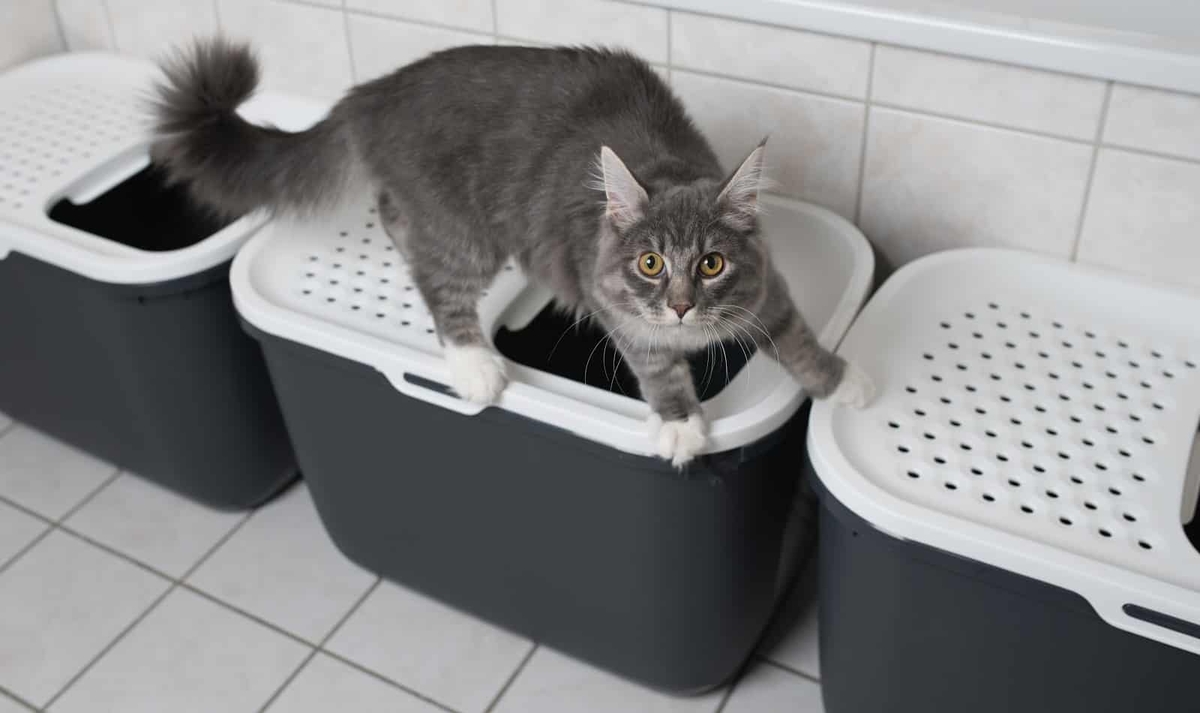
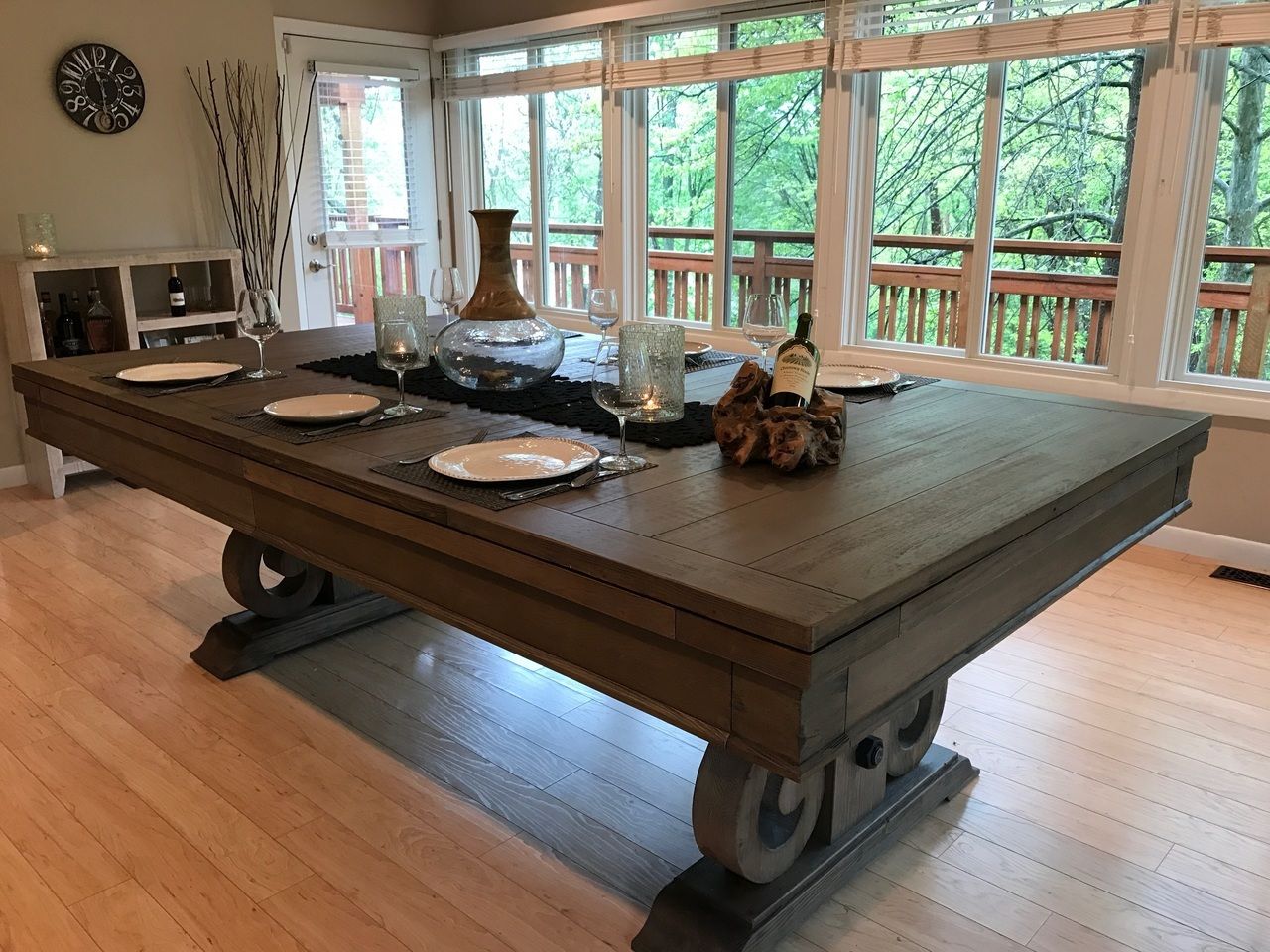

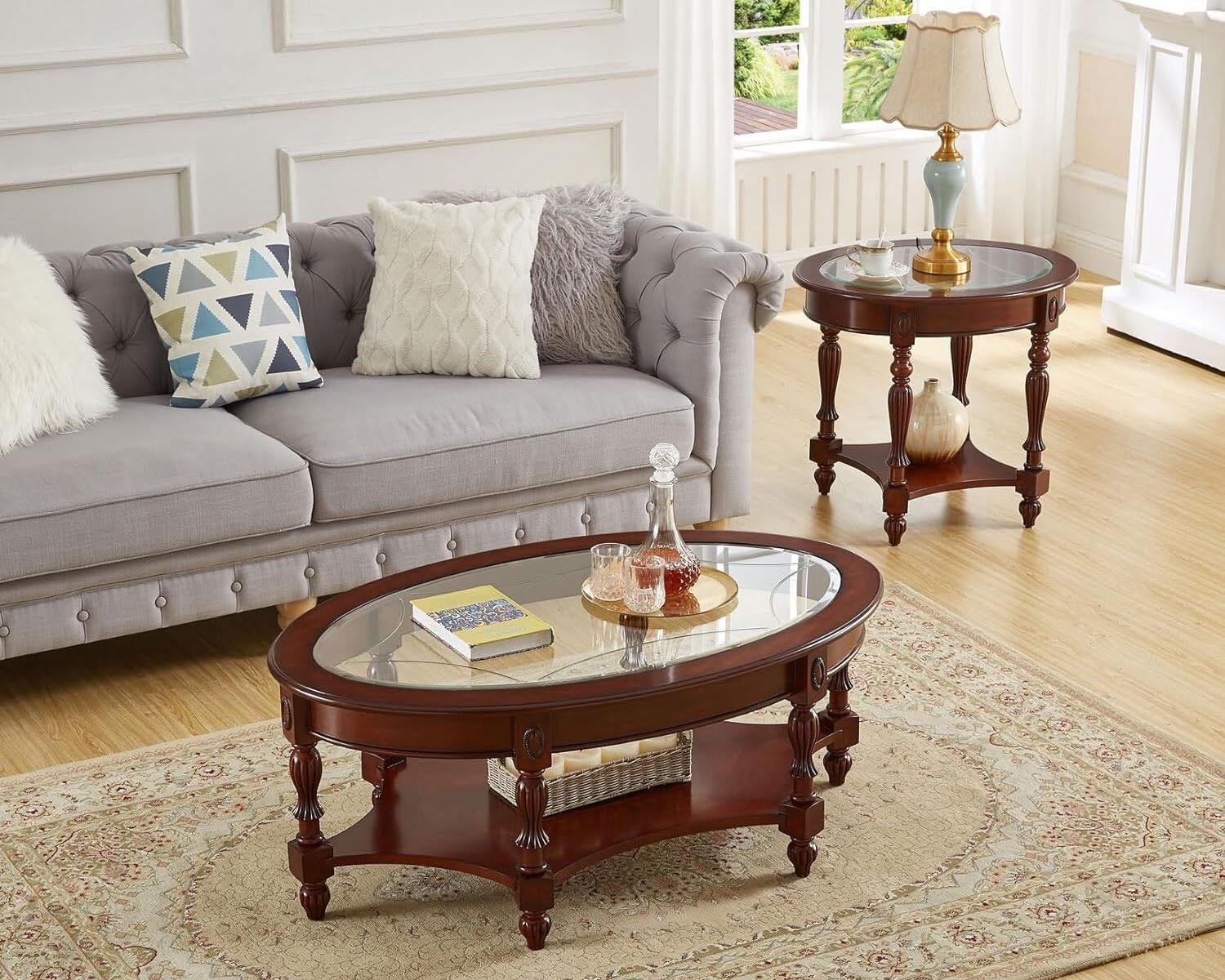

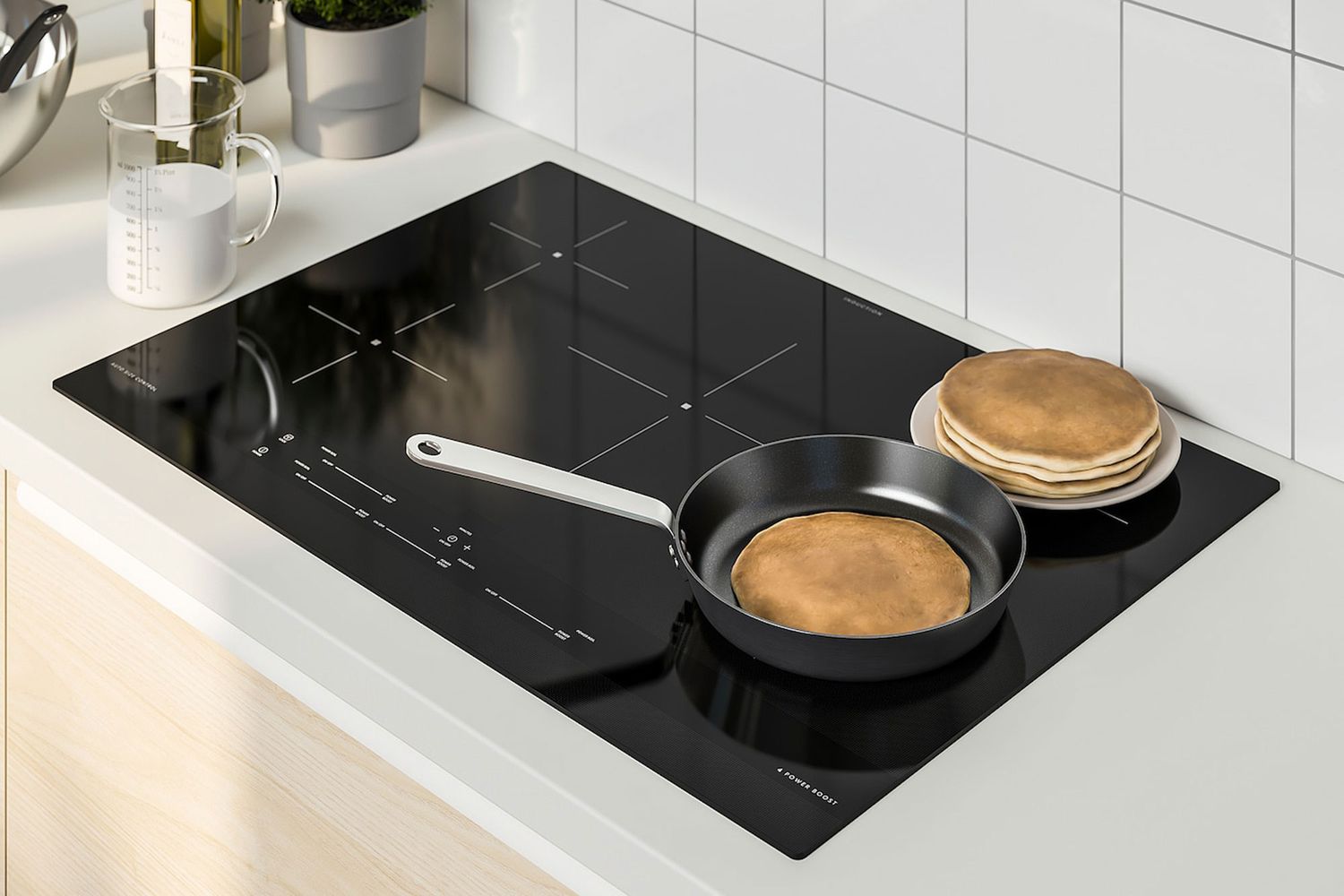



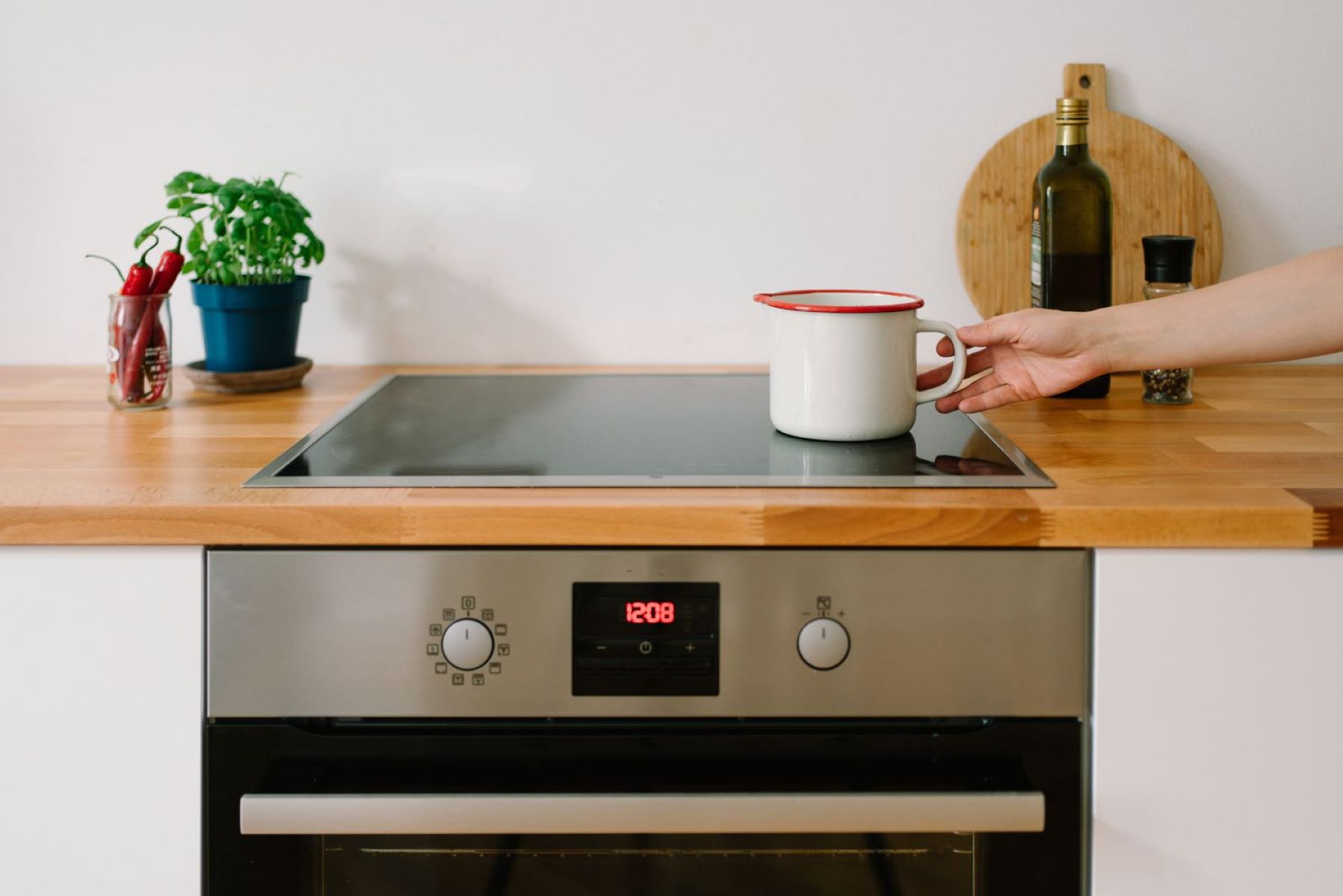

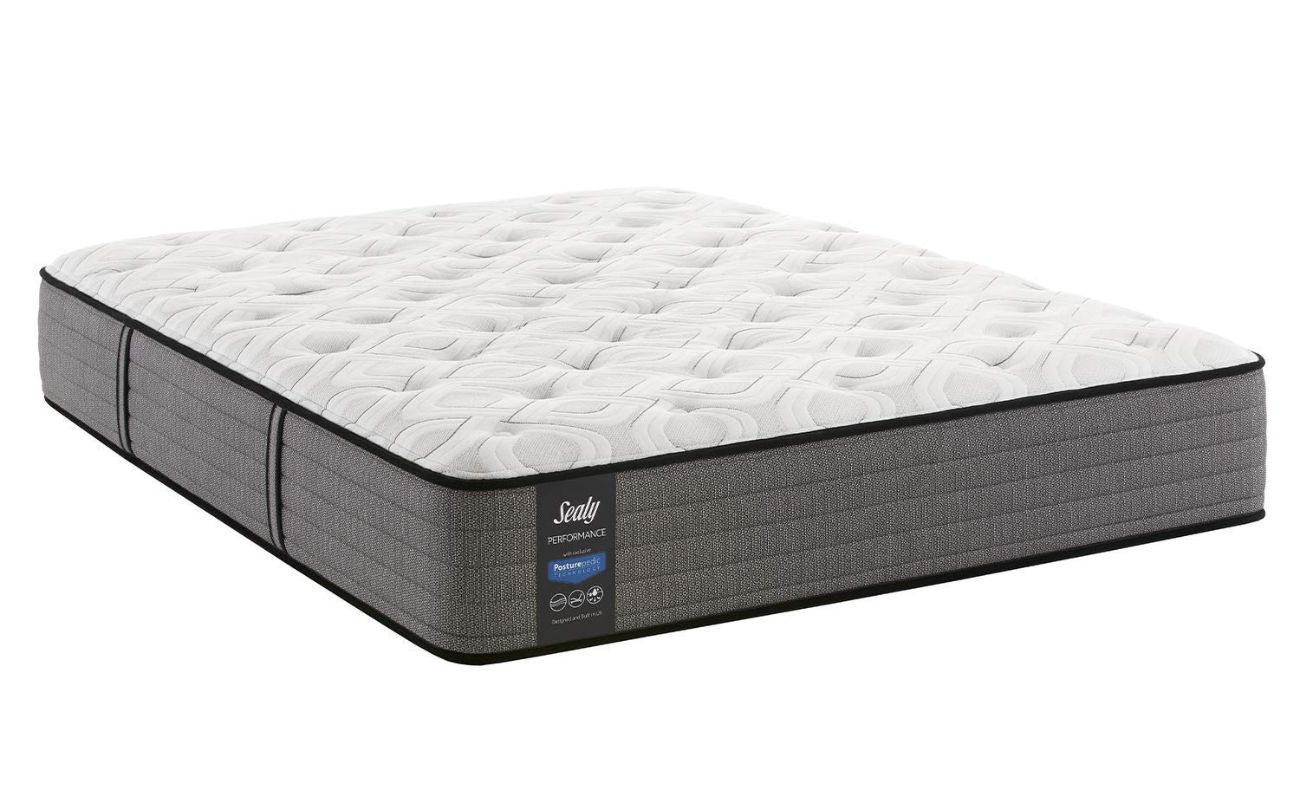


0 thoughts on “What Is Set Top Boxes”